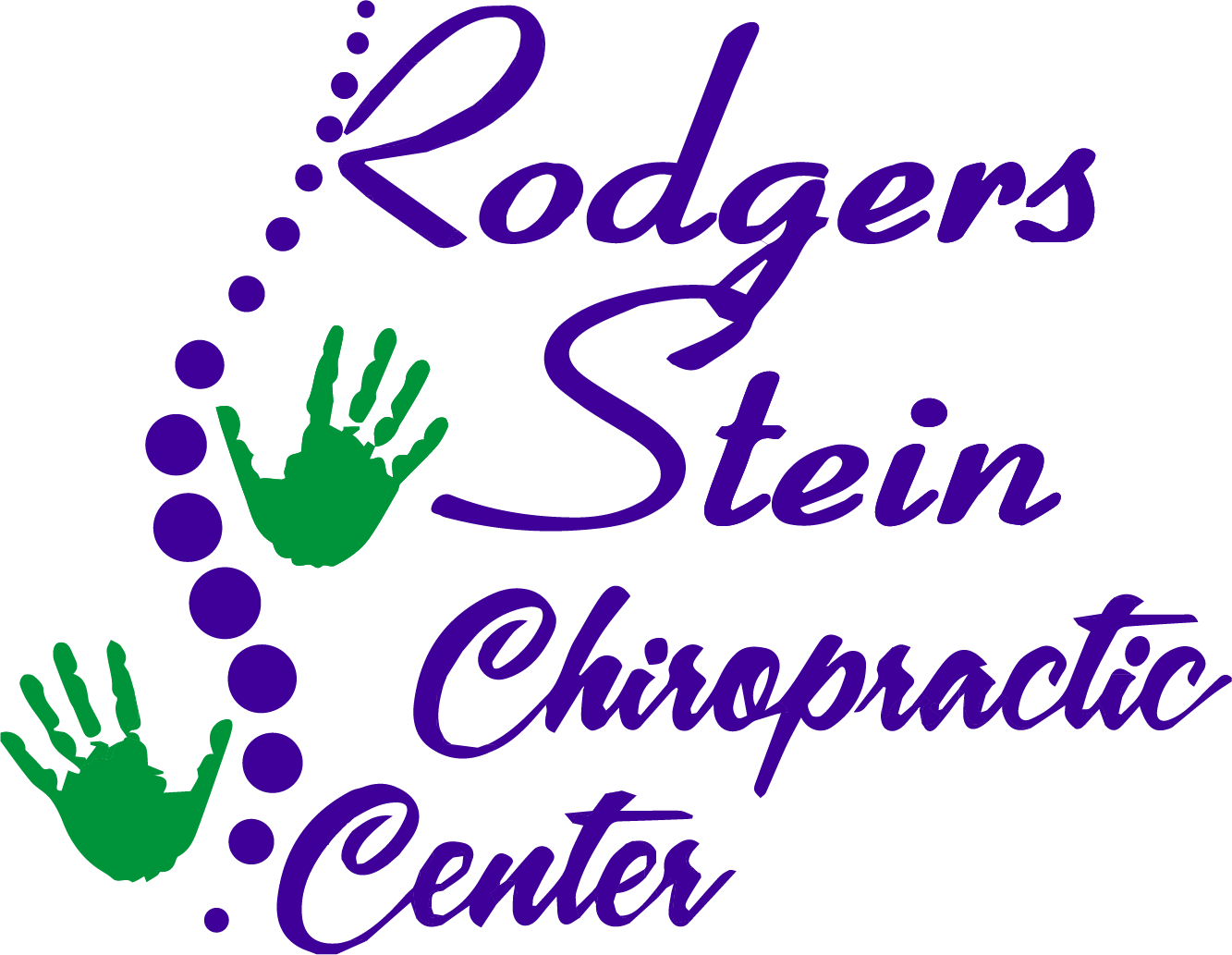You might not realize how small adjustments can drastically improve your posture and, in turn, your overall health. By simply tweaking your workspace or being mindful of your movements, you can alleviate discomfort and enhance your productivity. Think about how often you sit or stand in ways that might not support your body properly. If you're curious about the specific changes that can make a difference, you're not alone; many people overlook these essential elements that could lead to a remarkable transformation in how you feel daily.
Understanding Posture Fundamentals
When you think about posture, it's vital to recognize that it affects not just your appearance but also your overall health. Good posture aligns your body correctly, allowing for peak function in daily activities. Your spine, when properly aligned, supports your internal organs and helps you breathe better, which is necessary for overall well-being.
To understand posture fundamentals, start by identifying the three primary types: neutral, kyphotic, and lordotic. Neutral posture is where your spine maintains its natural curves, making it the ideal position for most activities.
Kyphotic posture, often characterized by a rounded upper back, can lead to discomfort and strain. Lordotic posture, marked by an exaggerated inward curve of the lower back, can also create issues if left unaddressed.
Next, focus on the key elements of maintaining good posture. Pay attention to how you sit, stand, and move. When sitting, guarantee your back is straight, shoulders relaxed, and feet flat on the ground.
If you're standing, distribute your weight evenly on both feet and engage your core muscles to support your spine. You'll find that incorporating these adjustments into your routine can lead to significant improvements in posture.
Lastly, remember that maintaining good posture is a practice. Regularly check in with your body throughout the day, making small adjustments when necessary.
With time and awareness, you'll develop a stronger, healthier posture that positively impacts your life.
The Impact of Poor Posture
Poor posture can lead to various health issues like back pain and tension headaches, which you mightn't even realize are connected.
It can also affect your productivity at work, making it harder to stay focused and efficient.
Addressing your posture is essential for both your well-being and your performance.
Health Issues Linked
Neglecting proper posture can lead to a range of health issues that affect your daily life. You might experience chronic back pain, which can make even simple tasks feel overwhelming.
When you slouch or hunch, the muscles in your back and neck become strained, leading to discomfort and tension. This tension can radiate, causing headaches and fatigue, making it hard to focus or enjoy activities you love.
Poor posture can also impact your digestion. When you sit or stand incorrectly, it puts pressure on your internal organs, potentially leading to gastrointestinal issues. You may notice bloating or discomfort after meals, which can be frustrating and disruptive.
Additionally, your breathing can suffer. Slumping can restrict your lung capacity, making it harder to take deep breaths. This can result in feelings of anxiety or stress, further compounding your health issues.
Lastly, let's not forget about your joints. Misalignment can lead to wear and tear on your joints, increasing the risk of arthritis and other conditions as you age.
Prioritizing good posture is essential for maintaining your overall health and well-being.
Workplace Productivity Decline
With your body slumped over a desk for hours, it's no surprise that poor posture can greatly hinder workplace productivity. When you're hunched forward, your muscles and joints aren't aligned properly, leading to discomfort and fatigue.
This discomfort can distract you from tasks at hand, causing you to lose focus and make mistakes. You might find it hard to concentrate when your back aches or your neck feels stiff. These physical distractions can lead to longer breaks and decreased efficiency.
As you struggle to maintain your concentration, your ability to meet deadlines or produce quality work diminishes. Studies show that employees with better posture report higher energy levels and increased motivation, which directly correlates with improved productivity.
Additionally, poor posture can contribute to tension headaches and other ailments that further impede your performance. By adjusting your posture and incorporating regular breaks, you can enhance your comfort and focus.
Simple changes, like using an ergonomic chair or standing desk, can make a significant difference. Prioritizing good posture isn't just about looking professional; it's about maximizing your potential and achieving your best work.
Ergonomic Workspace Setup
To create an ergonomic workspace, start by adjusting your chair height so your feet rest flat on the floor.
Next, position your monitor at eye level to reduce strain on your neck and eyes.
These simple adjustments can make a big difference in your comfort and productivity.
Optimal Chair Height
Finding the right chair height is essential for creating an ergonomic workspace that promotes comfort and productivity. When your chair is set correctly, you can maintain a neutral posture, which helps reduce strain on your back, neck, and shoulders.
To find this ideal height, sit in your chair with your feet flat on the floor and your knees at a 90-degree angle. Your thighs should be parallel to the ground, allowing for proper blood circulation.
If your feet don't reach the floor, consider using a footrest. This helps support your feet and prevents discomfort during long hours of sitting. On the other hand, if your knees are above your hips, you'll want to lower your chair to prevent pressure on your thighs and improve circulation.
Don't forget about your desk height, either. Make sure your elbows are at a right angle when your hands rest on the keyboard.
If your chair height meets these criteria, you'll find it easier to focus on your tasks without the distraction of discomfort. By making these adjustments, you'll boost your overall well-being and productivity in your workspace.
Monitor Positioning Tips
Proper monitor positioning is essential for maintaining eye health and reducing neck strain while you work. An ergonomic setup can make a significant difference in your comfort and productivity. Here are some tips to help you position your monitor correctly:
- Eye Level: Your monitor should be at eye level. This helps keep your neck in a neutral position and reduces strain. If necessary, use a monitor stand or stack books to achieve the right height.
- Distance: Keep the monitor about an arm's length away from your eyes. This distance helps prevent eye fatigue and allows you to read comfortably without straining.
- Tilt: The monitor should tilt slightly backward, about 10 to 20 degrees. This angle helps reduce glare and allows for a more natural line of sight.
- Alignment: Position the monitor directly in front of you, with the top of the screen at or just below eye level. This alignment encourages good posture and minimizes twisting your neck.
Mindful Movement Practices
Embracing mindful movement practices can greatly enhance your overall well-being. These practices help you connect with your body, promoting awareness and intention in every action. When you engage in mindful movements, you're not just going through the motions; you're tuning in to how your body feels and how it moves. This awareness can lead to improved posture and reduced tension.
Start by incorporating simple movements into your daily routine. Whether it's walking, stretching, or even standing, focus on how your body engages with each movement. Notice your breath and how it synchronizes with your actions. This connection can transform mundane activities into opportunities for mindfulness.
As you practice, pay attention to your alignment. Are your shoulders relaxed? Is your spine straight? Being mindful of these details allows you to adjust your posture naturally, reducing strain on your muscles and joints.
Try to establish a consistent practice, even if it's just a few minutes each day. You might find that your body responds positively, feeling more balanced and energized. Consider activities such as yoga or tai chi, which emphasize mindfulness and body awareness.
Remember to listen to your body. If something doesn't feel right, take a moment to adjust. This practice fosters a greater understanding of your body's needs, promoting healthier movement patterns over time.
Stretching and Strengthening Exercises
Incorporating stretching and strengthening exercises into your routine can greatly boost your posture and overall physical health.
These exercises help realign your body, improve flexibility, and build the muscles that support your spine. By making these movements a regular part of your day, you'll notice significant improvements in how you stand, sit, and move.
Here are four vital exercises to take into account:
- Cat-Cow Stretch: This yoga pose helps to mobilize your spine. Start on your hands and knees, arch your back (cat), and then lower your belly while lifting your head (cow). Repeat for several breaths.
- Plank: This exercise strengthens your core, which is essential for good posture. Lie face down, then lift your body off the ground using your forearms and toes. Keep your body in a straight line and hold for 20-30 seconds.
- Chest Stretch: Stand tall and clasp your hands behind your back. Gently pull your shoulders back and down, opening up your chest. Hold for 15-30 seconds to counteract slouching.
- Glute Bridges: Lie on your back with your knees bent. Lift your hips towards the ceiling, squeezing your glutes. This strengthens your lower back and supports proper alignment.
Incorporating these stretching and strengthening exercises into your routine can create a strong foundation for better posture.
Commit to these movements, and you'll feel the benefits in no time.
Daily Habits for Better Posture
Building on your commitment to stretching and strengthening exercises, adopting daily habits can further enhance your posture. Start by being mindful of your sitting position. When you sit, keep your back straight, shoulders relaxed, and feet flat on the floor. Using a chair that supports your lower back can make a significant difference. Remember to take breaks every hour; stand up, stretch, and walk around to relieve tension.
Next, pay attention to your screen time. Whether you're working on a computer or scrolling through your phone, hold devices at eye level. This helps prevent slouching and reduces strain on your neck. Additionally, try to engage your core muscles throughout the day. A strong core supports your spine and encourages proper alignment.
Incorporate posture checks into your routine. Set reminders on your phone to assess your posture every hour. Are your shoulders hunched? Is your head jutting forward? Correcting these minor issues throughout the day can lead to lasting improvements.
Also, consider your sleeping position. Sleeping on your back with proper pillow support can keep your spine aligned. If you're a side sleeper, use a pillow between your knees to maintain alignment.
Lastly, practice good lifting techniques. Bend at your knees, not your waist, when picking up heavy objects. This not only protects your back but also reinforces proper movement patterns.
Role of Footwear and Support
The right footwear can make a huge difference in your posture and overall spinal health.
It's easy to overlook how the shoes you wear impact your alignment and comfort. Proper footwear provides support where you need it most, helping to maintain a balanced posture.
Here are four key factors to take into account when choosing the right shoes:
- Arch Support: Your feet need proper arch support to distribute weight evenly. Shoes with good arch support can prevent excessive pronation and reduce strain on your back.
- Cushioning: The amount of cushioning in your shoes can influence how your body absorbs impact. Look for shoes with adequate cushioning to minimize stress on your joints and spine.
- Heel Height: High heels can lead to an exaggerated curvature of the spine, causing discomfort and misalignment. Aim for a lower heel height that promotes a more natural posture.
- Fit and Comfort: Shoes that fit well help prevent foot fatigue and discomfort. Make sure there's enough room for your toes and that the shoes don't pinch or rub against your feet.
Technology and Posture Solutions
Technology has revolutionized the way we approach posture solutions, offering innovative tools to help you maintain proper alignment throughout your day. From smart devices to ergonomic furniture, these advancements make it easier than ever to prioritize your posture.
Wearable technology, like posture-correcting smart shirts or straps, provides real-time feedback on your alignment. They gently vibrate or alert you when you slouch, encouraging you to adjust your posture without even thinking about it. This instant feedback can be immensely beneficial, especially during long hours at your desk or while using your phone.
Additionally, apps designed to promote good posture can remind you to take breaks, stretch, and practice posture exercises. These reminders help you cultivate healthy habits, making it easier to integrate posture practices into your daily routine. With customizable features, you can tailor alerts to fit your lifestyle, ensuring you're always aware of your posture.
Ergonomic office equipment, such as adjustable standing desks and supportive chairs, also plays a significant role. These tools allow you to create a workspace that promotes better alignment, reducing strain on your back and neck. By investing in ergonomic solutions, you can enhance comfort and productivity while minimizing the risk of posture-related issues.
Ultimately, technology empowers you to take control of your posture. By leveraging these innovative tools, you can actively work towards achieving and maintaining proper alignment, leading to a healthier and more comfortable lifestyle.
Tracking Your Posture Progress
As you incorporate technology into your posture routine, tracking your progress becomes an essential part of the journey. Monitoring your posture not only keeps you accountable but also provides insights into how well your adjustments and exercises are working.
Here are four effective methods to track your posture progress:
- Wearable Devices: Consider using smart wearables that monitor your posture in real-time. These devices can vibrate when you slouch, helping you correct your position instantly.
- Posture Apps: Download mobile apps designed for posture tracking. Many of these apps allow you to take pictures and compare your posture over time, giving you visual evidence of improvement.
- Regular Assessments: Schedule weekly or bi-weekly assessments using a mirror or a camera. Stand straight and evaluate your alignment against specific posture guidelines. Documenting these findings will show you how far you've come.
- Feedback from Professionals: If possible, consult a chiropractor or physical therapist. They can provide expert assessments and help you track progress through adjustments and exercises tailored to your needs.
Conclusion
By making simple adjustments to your workspace and daily habits, you can greatly enhance your posture and overall well-being. Embrace ergonomic tools, incorporate mindful movement, and pay attention to your footwear choices. Regular stretching and strengthening exercises will further support your efforts. As you track your progress, you'll notice reduced discomfort and increased energy levels. Take these steps to transform your daily experience and enjoy the benefits of improved posture in every aspect of your life.



